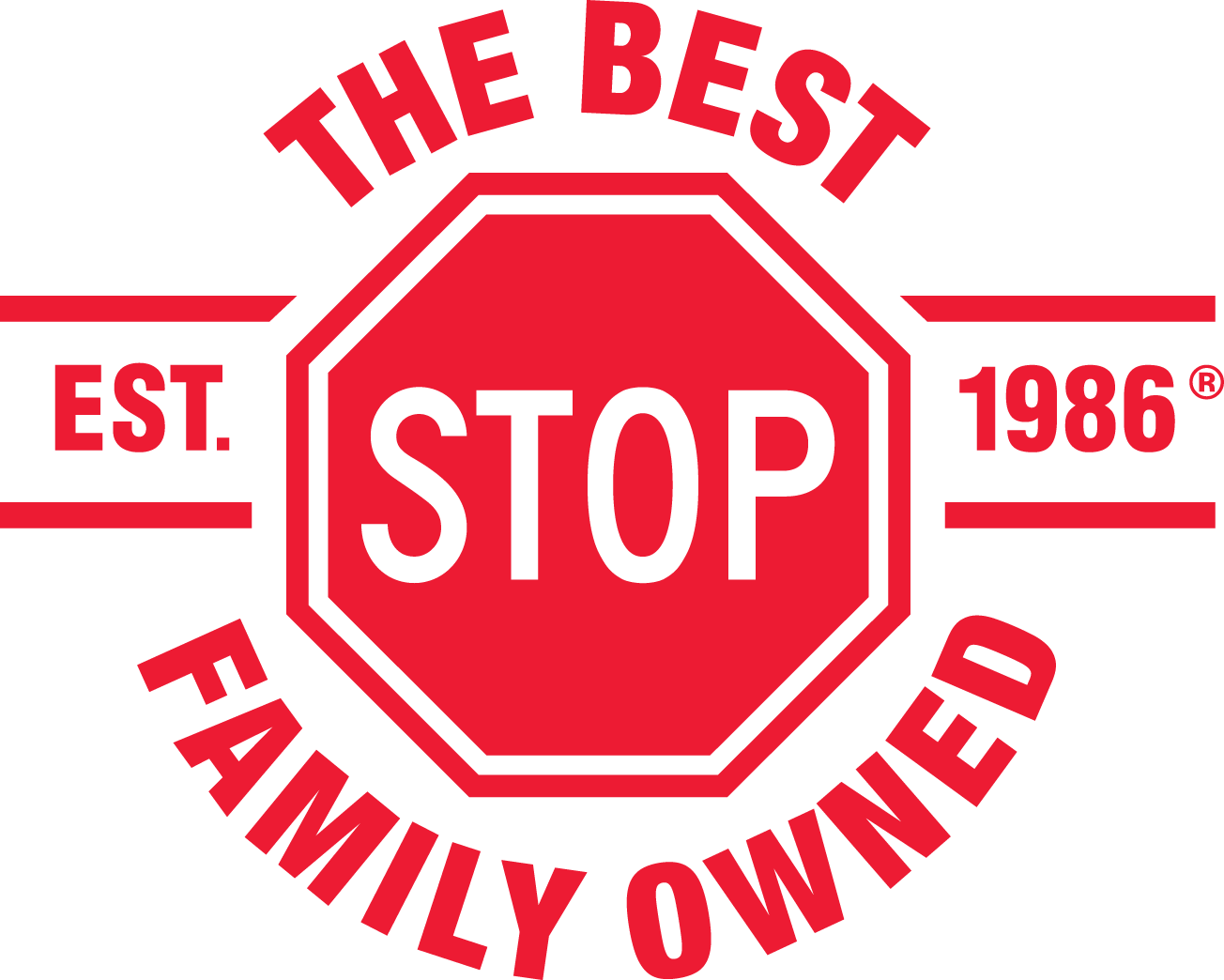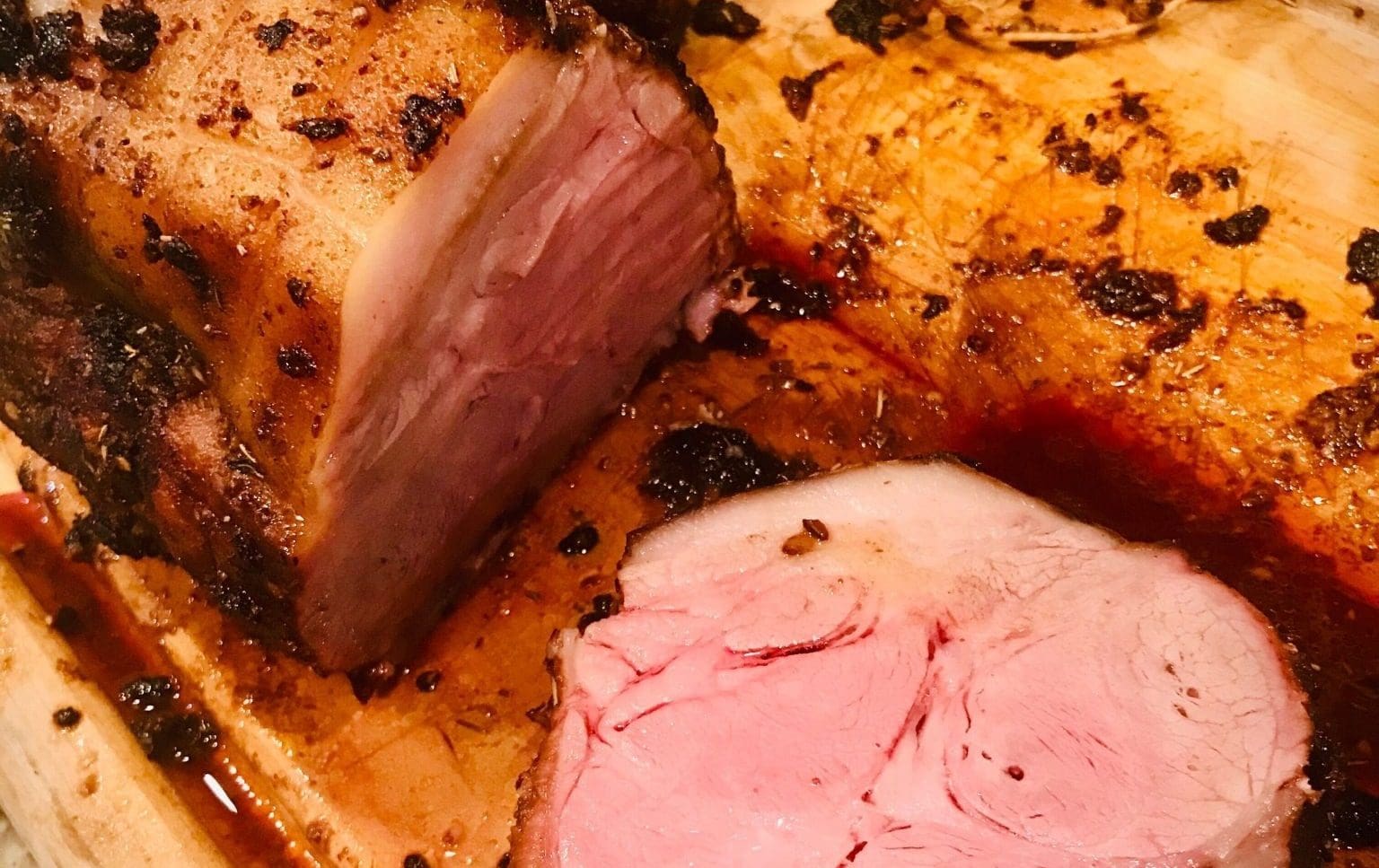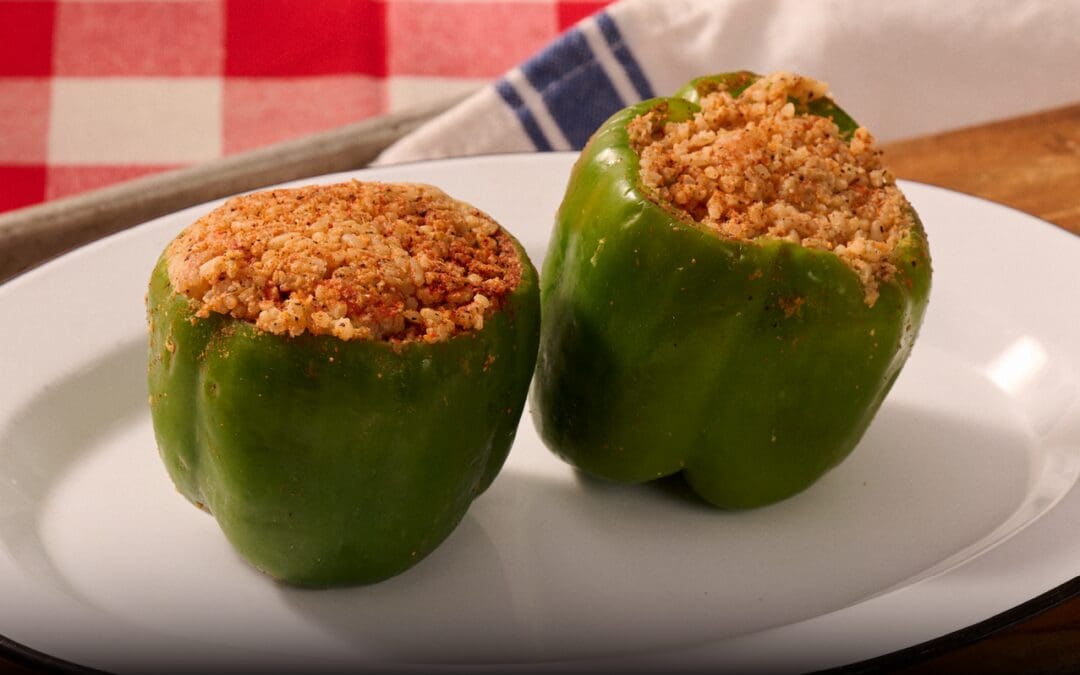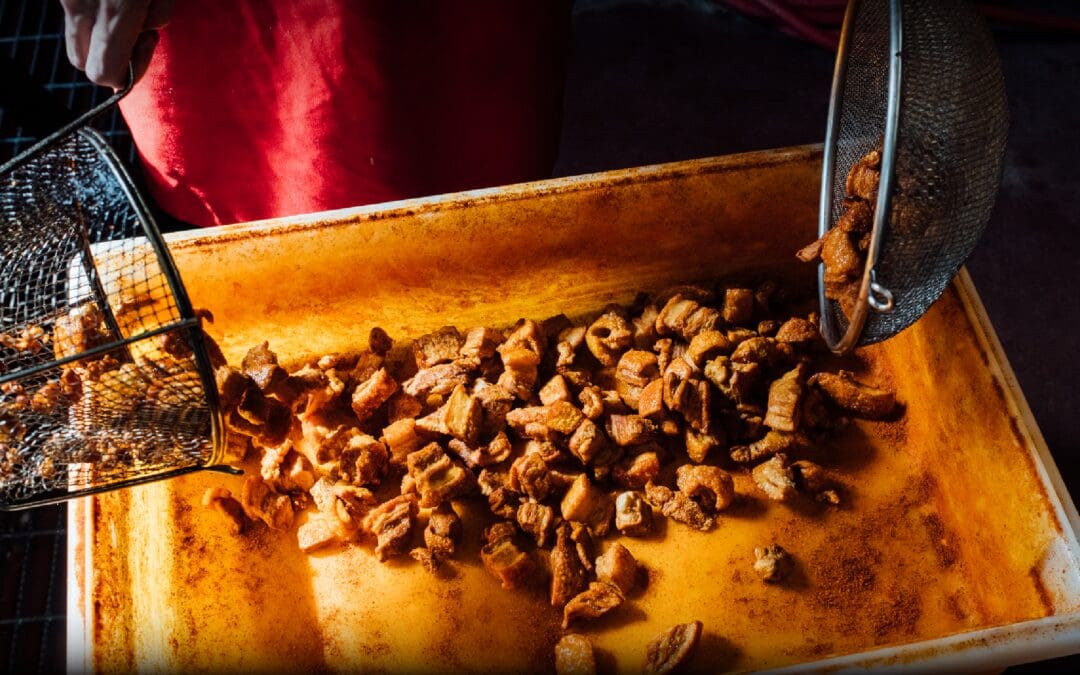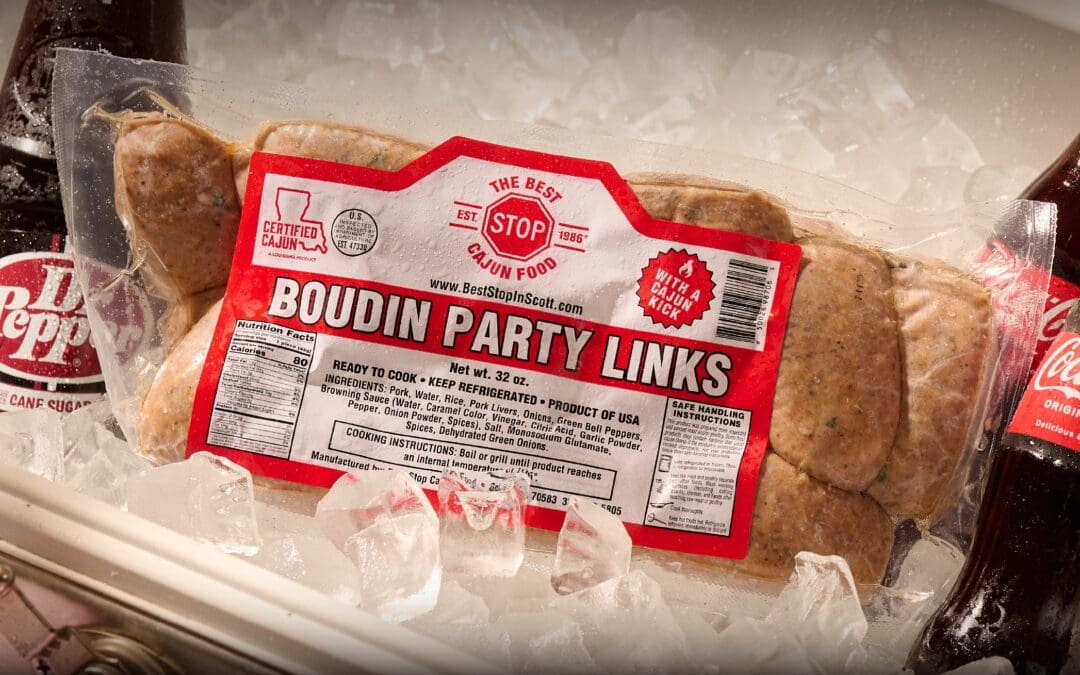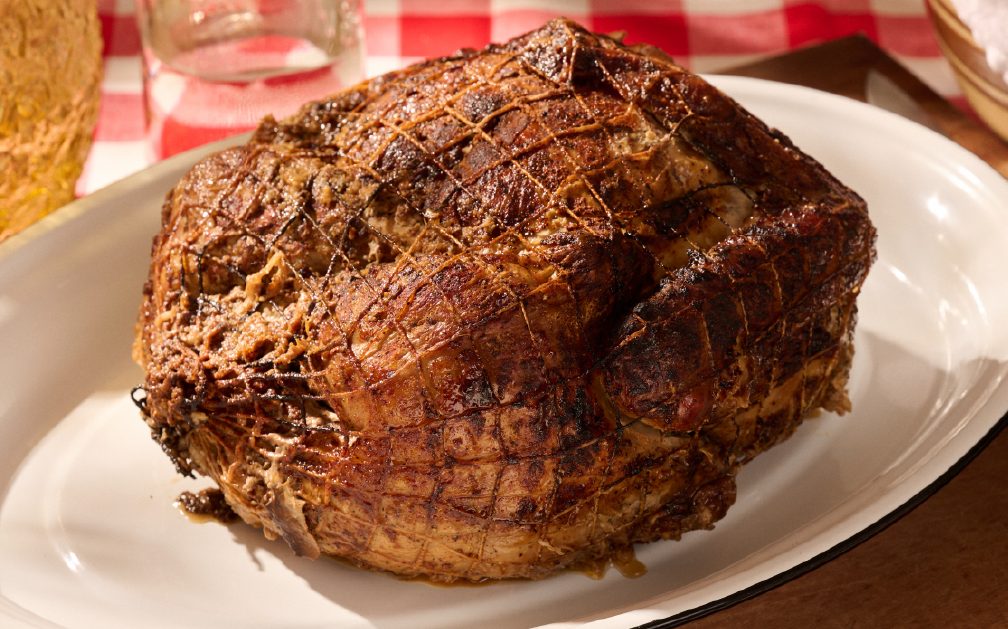Pork is the other white meat. Unless you’ve been living under a rock, chances are you’ve heard this phrase before. When we think about it today, it makes complete sense. When cooked properly it looks white, is leaner than traditional red meats and has somewhat similar qualities to other white meats like chicken and turkey.
But you may be surprised to learn that, before the 80’s, pork wasn’t usually considered white meat (and certainly never the “other white meat”). In fact, the USDA still classifies pork as red meat and many nutritionists reject the labeling of pork as white meat.
So how exactly did we ever get to calling pork the other white meat?
Pork in Cajun Culture
It’s no secret that pork is prevalent in Cajun cuisine, though one wouldn’t have to do much research to learn that pork can also be found in dishes of almost every region and culture.
This is mainly due to the fact that pigs are easy to reer. Compared to other livestock, pigs require very little space to raise, they’ll eat just about anything (most commonly kitchen scraps), they mature quickly, have large litters and produce a lot of lean meat which is high in protein. For the displaced French colonists who found themselves settling in South Louisiana (the same group who came to be known as Cajuns), pigs were very much a necessity for survival.
As it turns out, many other cultures found pigs just as valuable for the same reasons, which may explain why pork is the most consumed meat worldwide.
Red Meat Vs. White Meat
So what actually is red meat and what makes it different from white meat?
In the simplest terms, red meat is commonly red when raw and darkens as it cooks, while white meat is light in appearance and whitens as it cooks. Boom. Pork is a white meat. Case closed.
But, it’s important to remember that this is just a rule of thumb. In nutritional science, red meat is defined as any cut of meat that has more of the protein myoglobin than found in white meat. Because myoglobin is found in high concentrations in the meat of mammals, the USDA classifies any meat that comes from a mammal as red meat.
While certain cuts of pork have less myoglobin than other red meats, it still has significantly more than found in chicken and turkey, which is why it has traditionally been labeled red.
A Meaty Arms Raise
We know it seems crazy to believe, but for most of human history people didn’t actually care whether or not pork was red or white meat. They just knew that bacon was tasty and paired great with a plate of eggs. Life was simpler then.
But then the 70’s and 80’s happened and as people began trading their loose-fitting bell bottoms for tight-fitting spandex, Americans began to pay more attention to what they ate and how it was affecting their health. As a result, American consumers were beginning to prefer chicken to pork because chicken was seen as a low-fat alternative to meat. America had found a new slim girl, and pork just wasn’t cuttin’ it.
But in 1987 the National Pork Producers Council contracted out the advertising agency Bozell, Jacobs, Kenyon & Eckhardt to create a $7 million national campaign that would win Americans back. Compared to the $30 million that the National Cattlemen’s Beef Association was spending on their campaign, and the $112 million that was being spent on ads for branded chicken, pork was locked into an advertising arms race again steep competition.
Pork. The Other White Meat
Beginning on March 2, 1987 with a series of television ads, pork was pitched to Americans as an alternative to other lean white meats through the use of the famous slogan: “Pork. The Other White Meat”.
With the help of print ads and Superbowl ads featuring celebrity chefs, Bozell, Jacobs, Kenyon & Eckhardt re-introduced Americans to pork-based dishes like pork cordon bleu, pork kabobs and glazed pork tenderloin. As a result, pork consumption rose by nearly 20% and reached $30 billion annually by 1991.
While pork never became more popular than beef or chicken in America, the campaign did succeed in solidifying Pork as a lean white meat in the minds of American consumers. Is it wrong to call pork white? Maybe. But, thanks to the success of the ad campaign, it sure does feel wrong to call it anything else.
High-Quality Pork
Red or white, the thing we care most about is high-quality pork that is prepared with the attention and care that it deserves. Fortunately, The Best Stop specializes in just that. For over 30 years The Best Stop in Scott, Louisiana has been providing award-winning cuts of specialty meats and Cajun cuisine to Acadiana.
Best of all, with the launch of our online store we are now able to ship our specialty meats nationwide!
